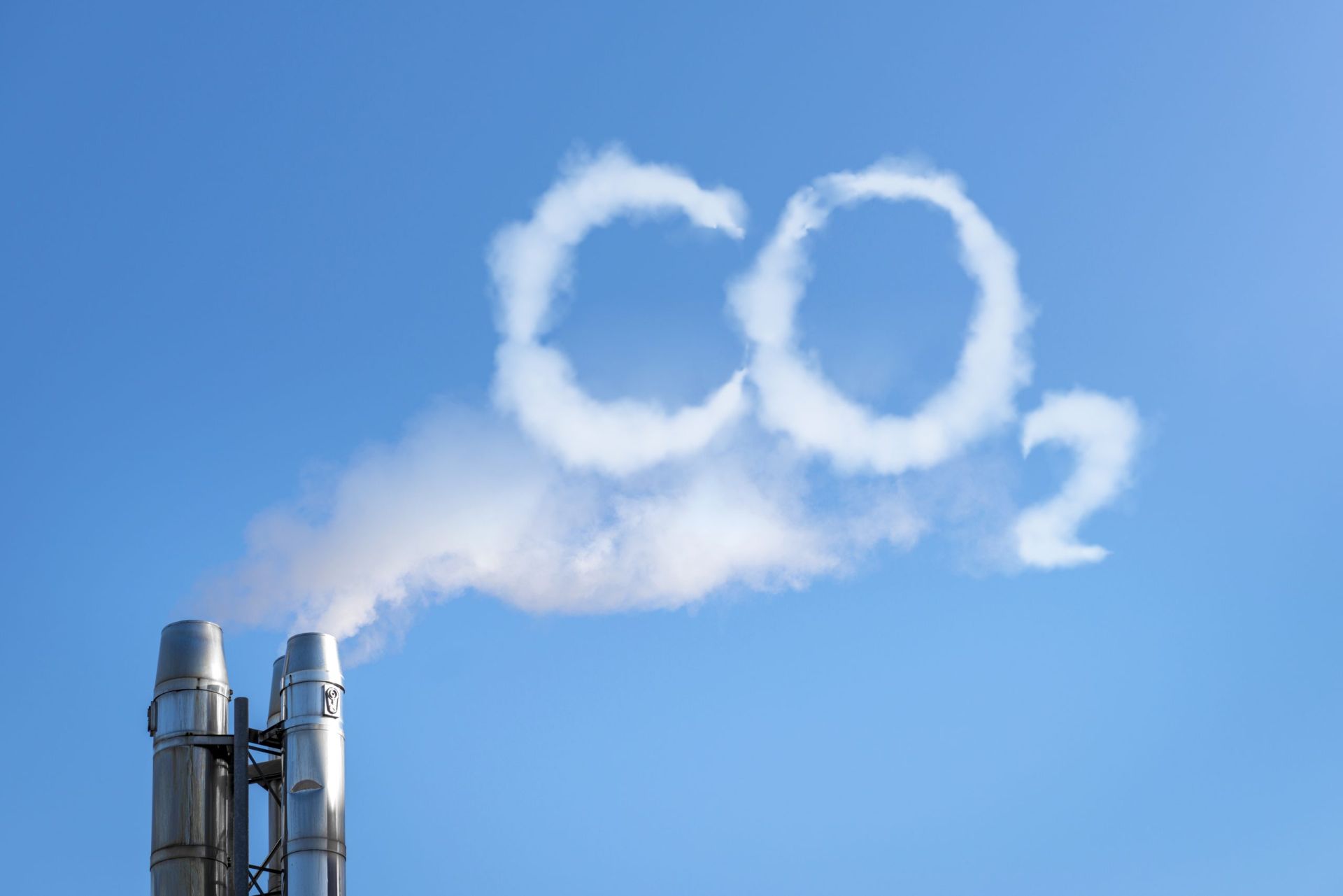Atmospheric air quality indicators

Assessing the quality of the air we breathe is becoming not just an urgent task, but a necessity that determines the health and well-being of the population, contributes to biodiversity conservation and sustainable development of cities and regions.
Air pollution is a serious problem
Atmospheric pollution is one of the most urgent environmental problems of our time. It affects not only human health, but also the environment as a whole. Elevated levels of pollutants in the air can lead to serious consequences, including chronic diseases and negative impact on flora and fauna.
Key air quality indicators
Ambient air quality is assessed by a number of key indicators that help to determine the level and extent of pollution. These indicators include concentrations of various harmful substances such as carbon monoxide, hydrogen sulphide, nitrogen and sulphur oxides, as well as particulate matter and organic compounds.
Standard index
Air Quality Index, AQI or Standard Air Quality Index is a measure used to describe the cleanliness of air and potential health effects. The AQI is calculated based on exceedances of maximum permissible concentrations of harmful substances and is a summary indicator that can inform the public of the need to take protective action.
Maximum permissible concentration of harmful substances
The maximum permissible concentration (MPC) is the maximum authorised concentration level of a substance in air at which, according to current scientific evidence, no disease or health abnormality occurs, even with prolonged exposure. These values are established on the basis of research and are strictly regulated standards.
The Maximum Permissible Daily Average Concentration (MPDAC) is an important indicator that defines the maximum authorised amount of a particular pollutant in ambient air that can be present without harm to human health over a 24-hour period. This indicator is based on long-term studies of the health and environmental effects of substances and its aim is to prevent adverse effects of long-term exposure of humans to pollutants.
Maximum single concentration (MSC) refers to the maximum permissible level of a pollutant in the air that is considered safe for a short period of time - usually one hour. It is established to protect human health from short-term but high levels of exposure to hazardous substances that could cause acute illness or other reactions in sensitive populations such as children, the elderly, and persons with chronic illnesses.
Atmospheric pollution index
The Air Pollution Index is a synthetic indicator developed to objectively assess air quality based on concentrations of several key pollutants. The index combines data on substances such as carbon monoxide, sulphur dioxide, nitrogen dioxide, ozone, and suspended particles of various sizes. It provides a holistic view of atmospheric air quality, allowing to see the overall pollution picture.
The index is calculated by assigning a weight to each pollutant according to its impact on health and the environment, after which the values are normalised and summed. This facilitates the interpretation of monitoring data for the general public and decision-making at the level of city or national environmental management.
Assessment of the degree of atmospheric air pollution
The degree of air pollution is categorised based on the comparison of monitoring results with environmental standards and can be divided into four categories:
- Low pollution: Levels of pollutants are well below permissible limits. The air is considered clean. This degree is often found in remote and under-industrialised areas.
- Elevated Pollution: Concentrations of one or more pollutants are approaching the maximum permissible levels. Although there may be no immediate health threat, long-term exposure may begin to adversely affect residents and the ecosystem. This condition requires increased attention from environmental services.
- High Pollution: Concentrations of air pollutants exceed the standards. The health effects of such air may already be noticeable, increasing the risk of respiratory and other diseases in the population. Immediate action is needed to reduce pollutant levels.
- Very High Pollution: Concentrations of pollutants are critically high, which can lead to serious consequences and even fatalities. Such conditions require urgent intervention and implementation of emergency measures to improve air quality.
The study of air quality indicators plays a key role in protecting public health and environmental safety. Careful monitoring and data analysis help to develop effective strategies to reduce pollution levels, which has a direct impact on improving the quality of life of the population and preserving the environment.
